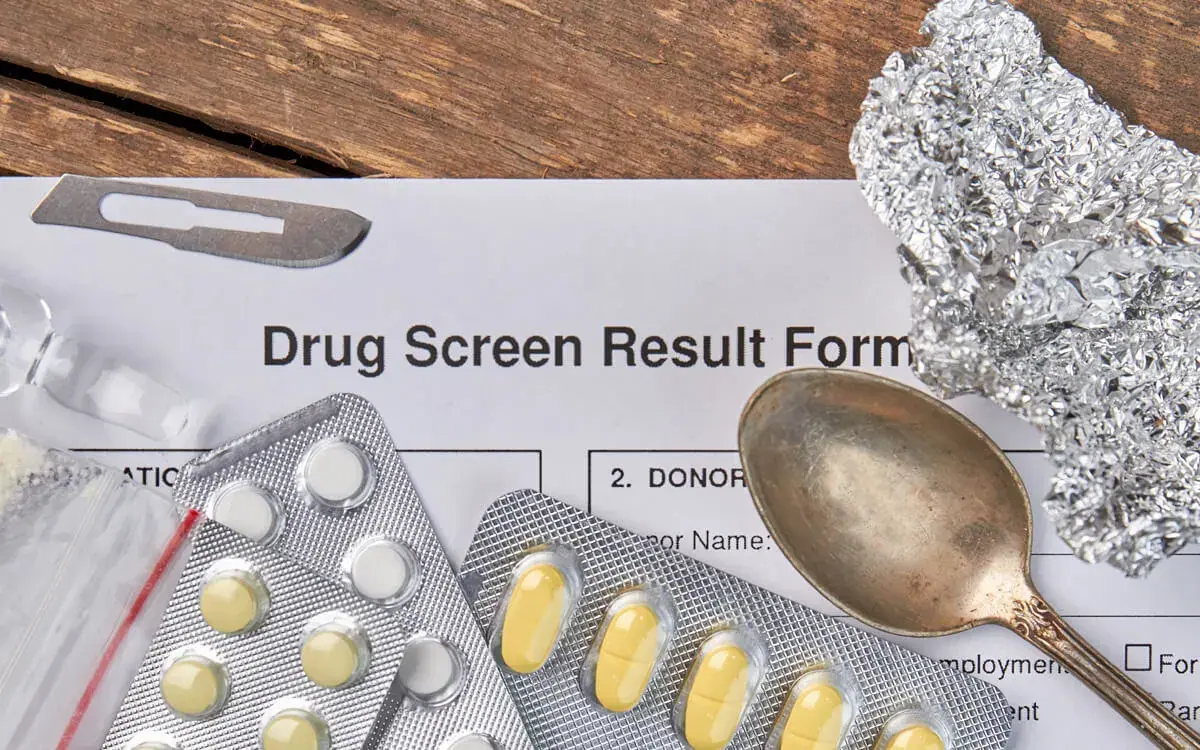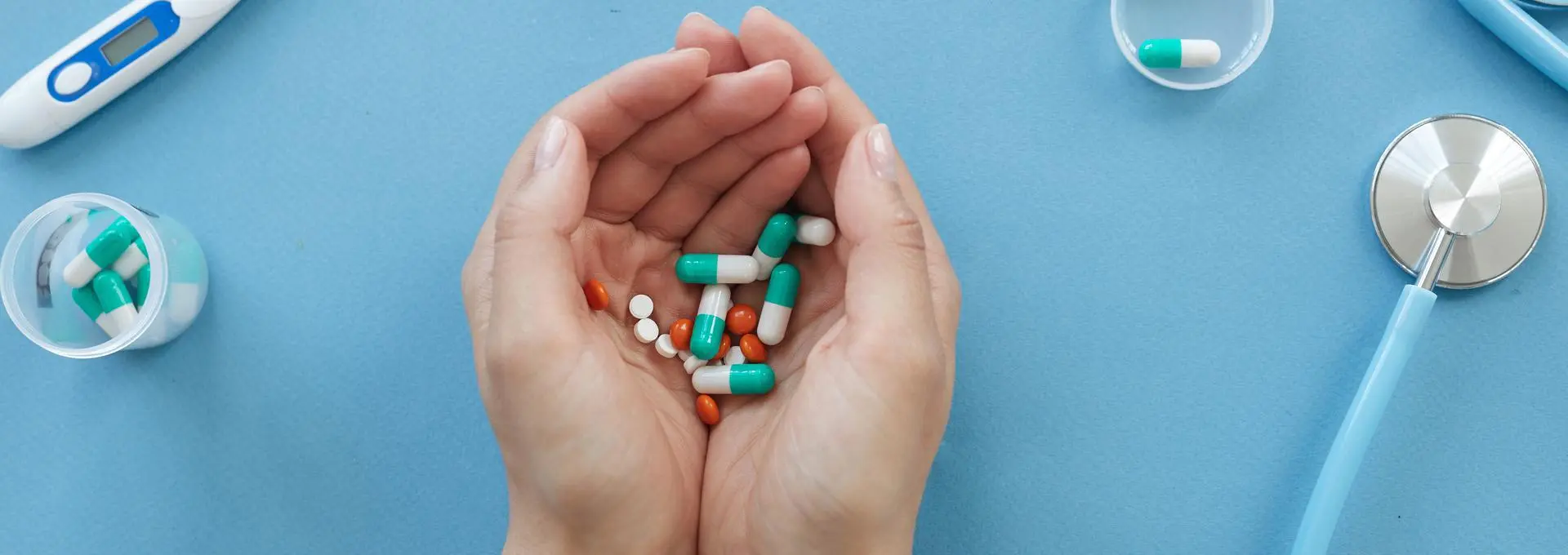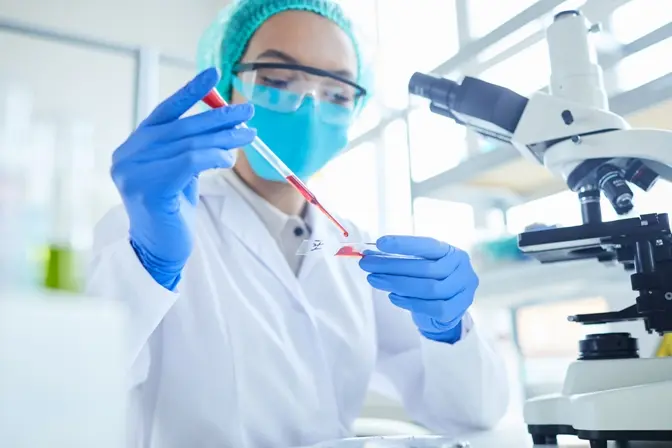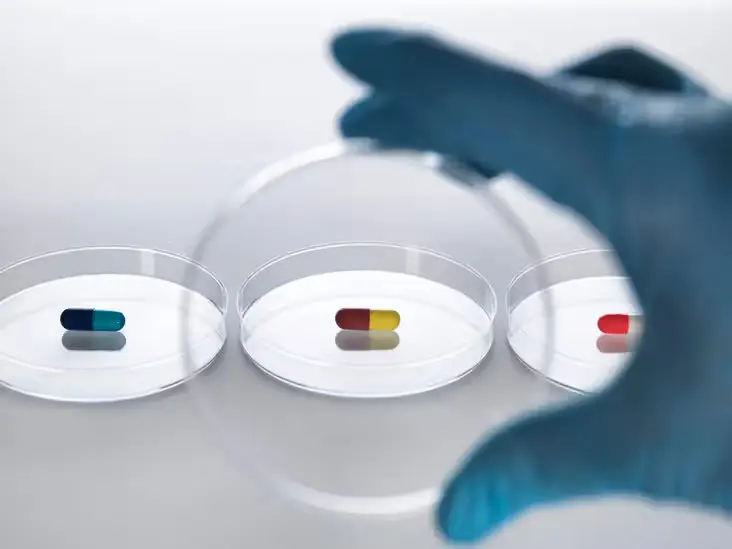Detecting Anavar in Drug Tests: Identification Methods and Challenges

Anavar, the brand name for the anabolic steroid oxandrolone, is a substance commonly monitored in drug testing, particularly in competitive sports. The detection of Anavar is of significant interest due to its potential for performance enhancement and the need to maintain fair play. Testing for Anavar typically involves analyzing biological samples, often urine or blood, to trace the presence of the drug or its metabolites. These tests are crucial for sports organizations to enforce their anti-doping policies and ensure athletes comply with the rules.
Analytical methods for detecting Anavar in drug tests have evolved, with state-of-the-art technology being employed to achieve accurate results. The sensitivity of detection equipment has greatly improved, allowing for the identification of minute quantities of the substance. However, the detection time varies depending on several factors such as dosage, the individual’s metabolism, and the type of test used. Understanding these factors can help in interpreting test results, discerning between true positives and potential false positives or negatives that may occur due to various reasons, including but not limited to cross-reactivity with other substances or improper testing procedures.
Quick Summary
- Drug tests for Anavar involve advanced analytical methods to ensure accurate detection in biological samples.
- Several factors, including metabolism and dosage, influence the detection time of Anavar in urine or blood tests.
- Accurate interpretation of test results is critical to distinguish between true positives and false readings.
Anavar and Drug Testing Basics

Anavar, a synthetic anabolic steroid, is the focus of stringent drug testing due to its performance-enhancing effects. Detection relies on specific testing methods and understanding the drug’s metabolism.
Understanding Anavar
Anavar (Oxandrolone) is an anabolic steroid often prescribed for weight gain and muscle recovery. It is, however, commonly misused for its ability to increase lean muscle mass and reduce fat. Anavar is metabolized by the liver and its misuse can be identified through various drug tests.
Drug Testing Methods
Drug tests designed to detect Anavar include:
- Urine Test: This is the most common method. It detects the metabolites of Anavar, as the drug is processed by the body and excreted through urine.
- Blood Test: Less common but more invasive, it can detect the presence of Anavar directly in the bloodstream.
Both methods have varying degrees of sensitivity and can be influenced by several factors, potentially leading to false positives or false negatives.
Detection Time Frames
The detection windows for Anavar in drug testing are as follows:
- Urine Test: Typically, Anavar is detectable for up to 3 weeks after the last dose.
- Blood Test: Anavar can be detected for a shorter period, usually up to about 3 days.
The exact time frames can vary based on the individual’s metabolism, dosage, and the sensitivity of the test used.
Analytical Techniques for Detection

To ensure accurate detection of Anavar (oxandrolone), laboratories implement a series of analytical methods ranging from initial screenings to confirmatory tests using sophisticated technologies.
Immunoassay Screening
Immunoassays are the first line of defense in detecting anabolic steroids like Anavar. They are cost-effective, allowing for high-throughput analysis, and typically provide rapid results. However, they are not highly specific and may not distinguish between different steroids, potentially leading to false positives.
- Detection times: Quick, generally within minutes to hours from sample collection.
- Cutoff concentration: Immunoassays use set thresholds to indicate a positive result.
Confirmatory Testing
Should immunoassay results return positive, confirmatory testing is employed. Techniques like Gas Chromatography/Mass Spectrometry (GC-MS) and Liquid Chromatography/Mass Spectrometry (LC-MS/MS) are used for their specificity and sensitivity. Confirmatory tests look for specific steroid metabolites, which helps to eliminate the risk of false positives.
- GC-MS: Combines gas chromatography with mass spectrometry to identify substances within a test sample.
- LC-MS/MS: Differentiates and quantifies compounds even at low levels.
Advanced Analytical Methods
Advanced methods offer more robust and specific analysis of Anavar. Radioimmunoassay (RIA) and gel chromatography-mass spectrometry enhance the detection of anabolic steroids with greater precision.
- RIA: Highly sensitive, capable of detecting low concentrations of drugs and their metabolites.
- Advanced chromatography: Techniques like GC-MS and LC-MS/MS fall into this category, providing in-depth analysis of a sample.
By employing a tiered approach to testing, from initial screening to advanced analytical methods, laboratories can accurately identify the presence of Anavar and confirm its concentration in a subject’s system.
References
- [1] “Immunoassays in Steroid Analysis”, https://pubmed.ncbi.nlm.nih.gov/22256906/
- [2] “Drug Abuse Handbook”, https://books.google.com/books
- [3] “Confirmation of anabolic steroids”, https://www.ncbi.nlm.nih.gov/pmc/articles/PMC3853692/
Factors Affecting Detection of Anavar

Several critical factors come into play when it comes to the detection of Anavar. The individual’s metabolism, biochemical characteristics, dosage and mode of administration can all influence how long the drug remains in the system and how detectable it is in various forms of drug testing.
Metabolism and Excretion
An individual’s metabolism significantly affects the detection times of Anavar. The rate at which a person metabolizes drugs can alter how quickly Anavar is eliminated from the body. Generally, those with a faster metabolism will eliminate substances more rapidly. Furthermore, chronic use of Anavar can lead to accumulation in the system, potentially extending the detection window.
- Half-life: The half-life of Anavar is typically about 9 hours, meaning that every 9 hours, the concentration of Anavar in the blood is reduced by half.
- Exercise and Diet: Regular exercise and diet can also influence metabolism, potentially affecting how swiftly Anavar is processed and excreted through urine or sweat.
Biochemical Factors
Biochemical factors include genetic variables and individual health that impact how Anavar is metabolized. Factors such as age and prescription medications that an individual may be taking concurrently can alter the detection of Anavar.
- Age: Generally, younger individuals have a faster metabolism, which can lead to quicker drug clearance.
- Other medications: The presence of other drugs can either speed up or delay the metabolism of Anavar. For example, certain medications may induce liver enzymes that metabolize Anavar, leading to a shorter detection window.
Dosage and Administration
The dosage and route of administration of Anavar are key in determining how long the drug can be detected.
- Dosage: Higher doses of Anavar are more likely to be detected as they result in greater concentrations in the blood.
- Ingestion of 10 mg/day might be detectable for a shorter period than 50 mg/day.
- Route of Administration: Oral ingestion is the common route for Anavar, which typically leads to a shorter detection window compared to injectable steroids.
The various drug testing methods such as urine, blood, hair, sweat, and nails tests have differing abilities to detect Anavar:
- Urine tests can detect Anavar for about 3-4 weeks after the last dose.
- Blood tests have a shorter detection window compared to urine.
- Hair follicle tests may detect Anavar for several months after cessation, given the slow growth rate of hair.
References
Interpreting Test Results

Accurately interpreting the results of a drug test for Anavar is crucial for ensuring fair judgments in sports and healthcare decisions regarding substance abuse treatment.
Understanding False Positives and Negatives
False positives occur when a test incorrectly indicates the presence of Anavar. This can happen if certain medications or supplements have chemical structures similar to the anabolic steroid. For example, common over-the-counter supplements might be mistaken for steroids due to structural similarities. List of substances potentially causing false positives:
- Over-the-counter supplements with steroid-like compounds
- Medications metabolized into benzodiazepines
- Certain antibiotics
False negatives, on the other hand, are when the test fails to detect Anavar despite its presence. This can occur due to improper testing procedures or if the individual has taken steps to mask the drug, such as dilution or adulteration of the sample. Possible reasons for false negatives:
- Sample dilution through excessive fluid intake
- Use of adulterants to mask the presence of steroids
- Incorrect test administration or storage
Legal and Health Consequences
The detection of Anavar has significant legal and health consequences. Athletes found with Anavar in their system can face suspensions or bans, and in a healthcare setting, identifying anabolic steroid abuse can lead to critical interventions in cases of addiction.
- Legal repercussions: Bans, suspensions, loss of endorsements
- Health implications: Highlighting substance abuse, risk assessment for chronic pain management, necessary interventions for addiction
In each case, healthcare professionals must ensure that the test results are thoroughly reviewed to prevent mistakes and ensure proper substance abuse management.
Alternative Testing Matrices and Substances

The detection of Anavar requires understanding both the biological matrices where residues may linger and the comparison of Anavar’s traceability relative to other substances.
Different Biological Matrices
Oxandrolone, known as Anavar, is an anabolic steroid that can be detected in various biological samples. The primary matrices for drug testing include urine, blood, hair, oral fluid (also known as saliva), and sweat.
- Urine: The most common matrix for drug testing, offering non-invasive collection and the capability to detect a wide range of substances, including Anavar, cocaine, amphetamines, opiates, and cannabinoids.
- Blood: Provides a shorter detection window but can indicate active substance presence such as alcohol (Blood Alcohol Concentration – BAC), benzodiazepines, and methadone.
- Hair: Offers an extended detection timeline that can span months, suitable for historical analysis of drug use including steroids, oxycodone, and fentanyl.
- Oral Fluid: Useful for detecting recent drug use, particularly THC, PCP, MDMA, and barbiturates.
- Sweat: A less common matrix, used in sweat patch testing, which can monitor drug excretion over a period, including phencyclidine and buprenorphine.
Comparing Anavar to Other Substances
Anavar’s detectability in comparison to other substances varies across the different matrices.
- Anavar vs. Opiates/Cannabinoids: Opiates and cannabinoids are generally more detectable in urine and oral fluid than Anavar, which has a shorter half-life.
- Anavar vs. Stimulants: Stimulants like cocaine and amphetamines are usually detected within a similar timeframe in urine but may present differently in hair tests due to their unique metabolization processes.
- Anavar vs. Alcohol/Benzodiazepines: Alcohol presents immediate detection in blood and oral fluid, while benzodiazepines show a longer detection window. Anavar may require specialized testing methods due to its lower dosage and potential for rapid metabolism.
Frequently Asked Questions

